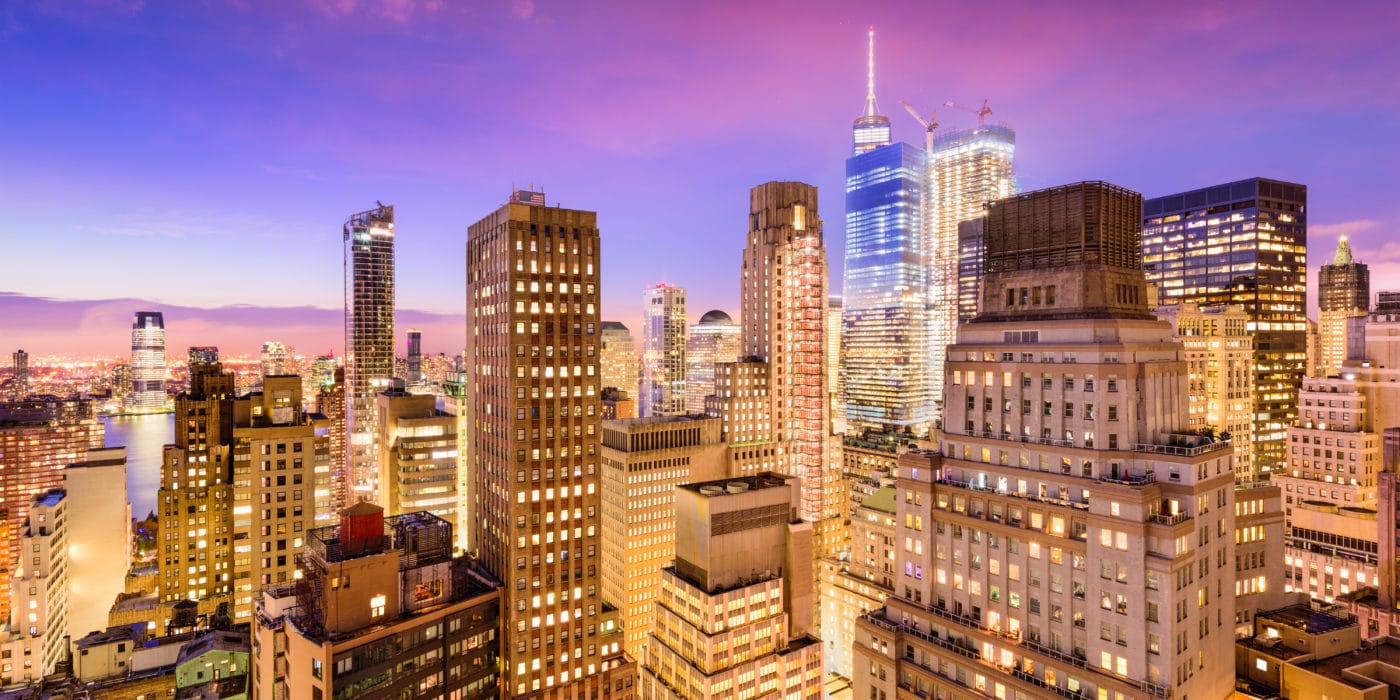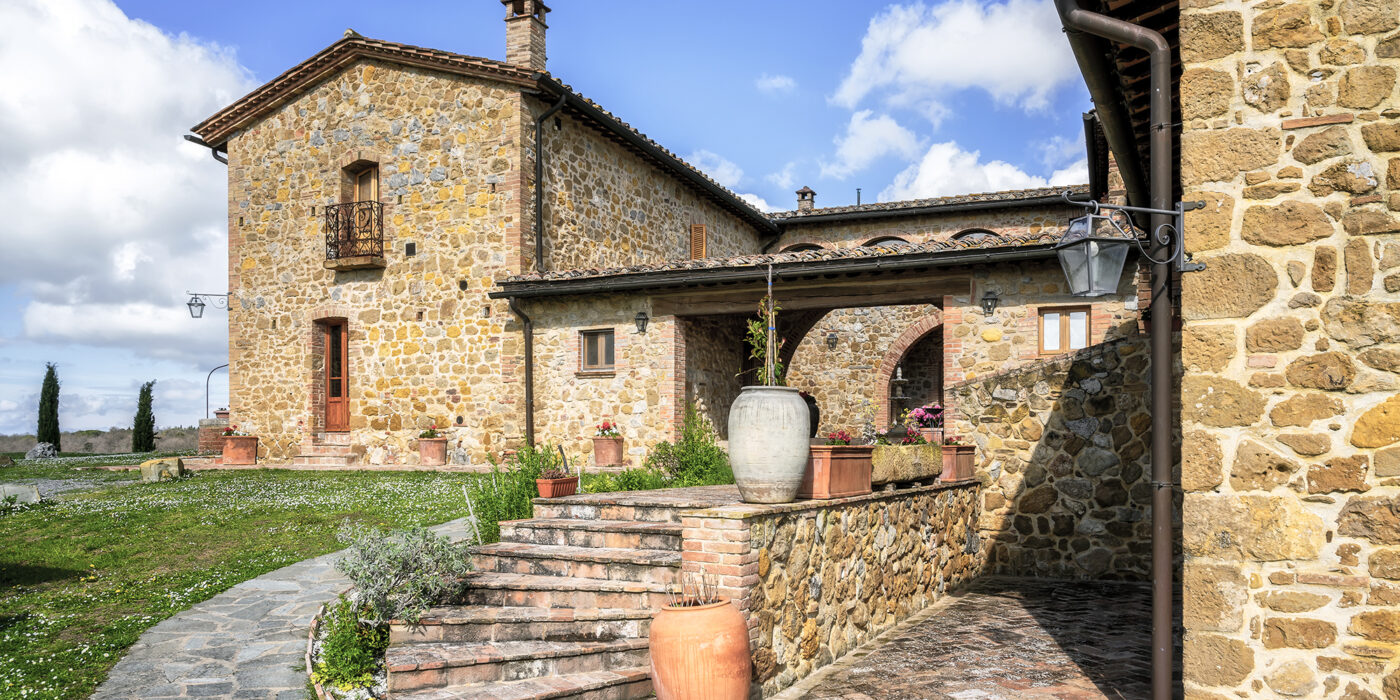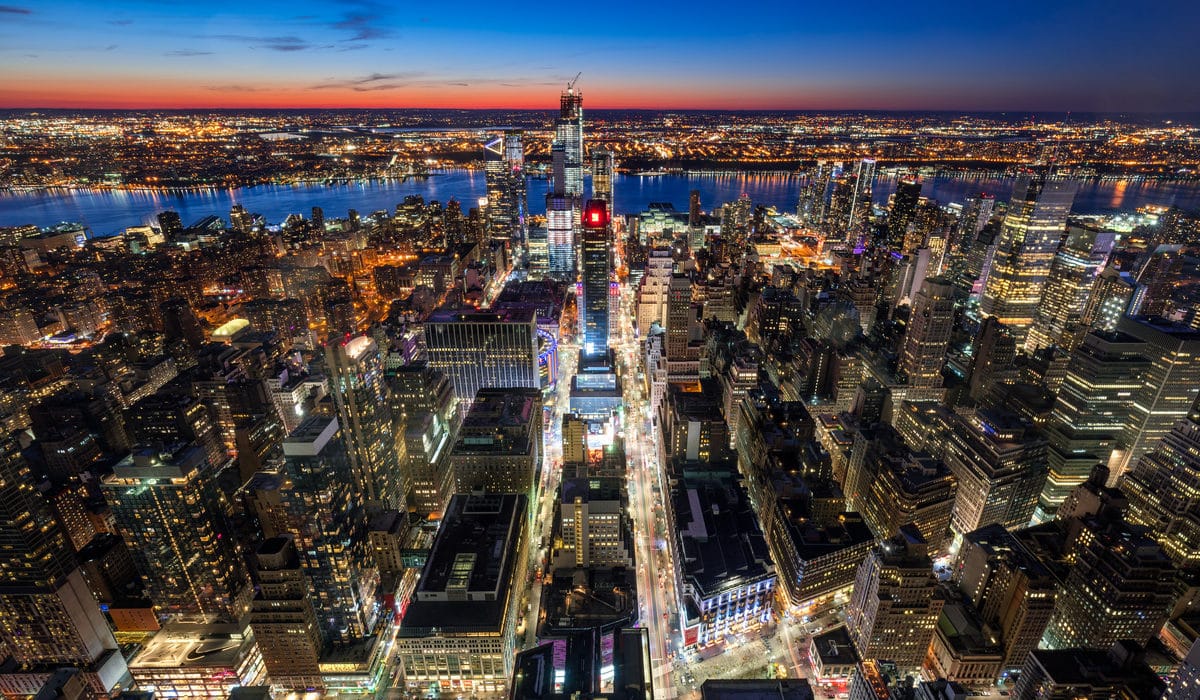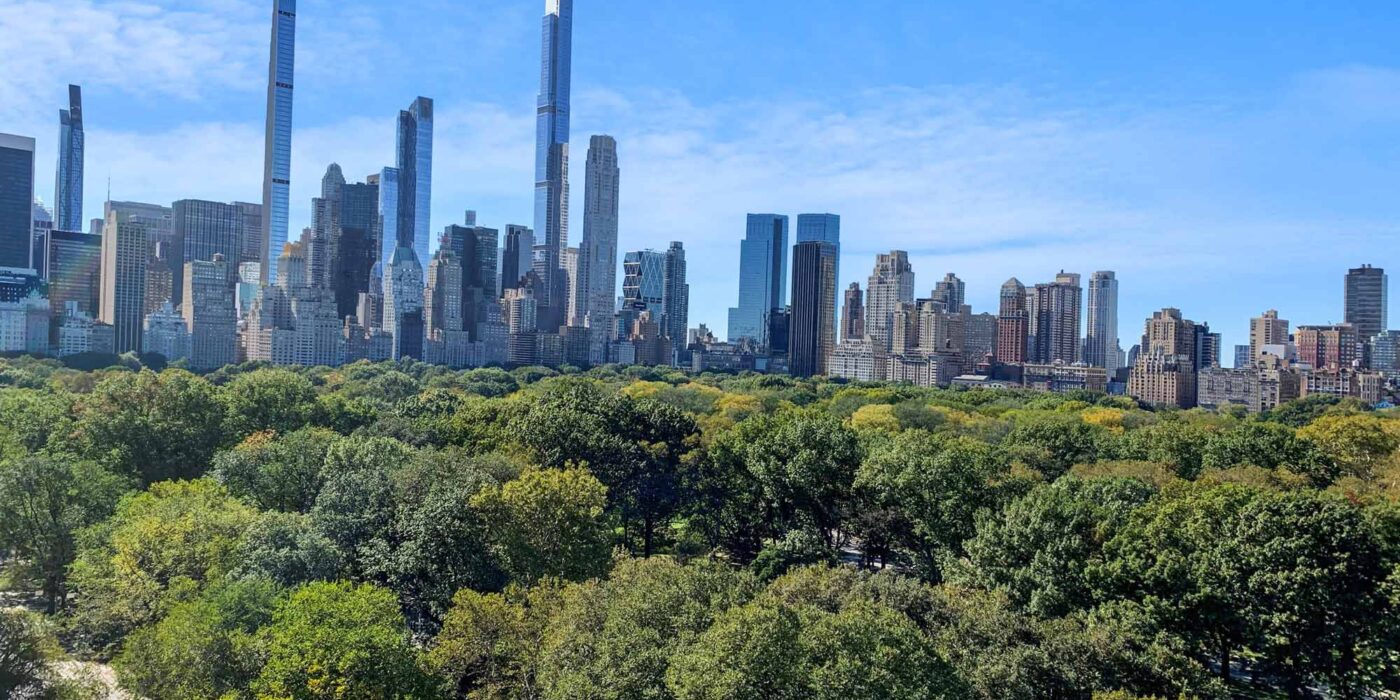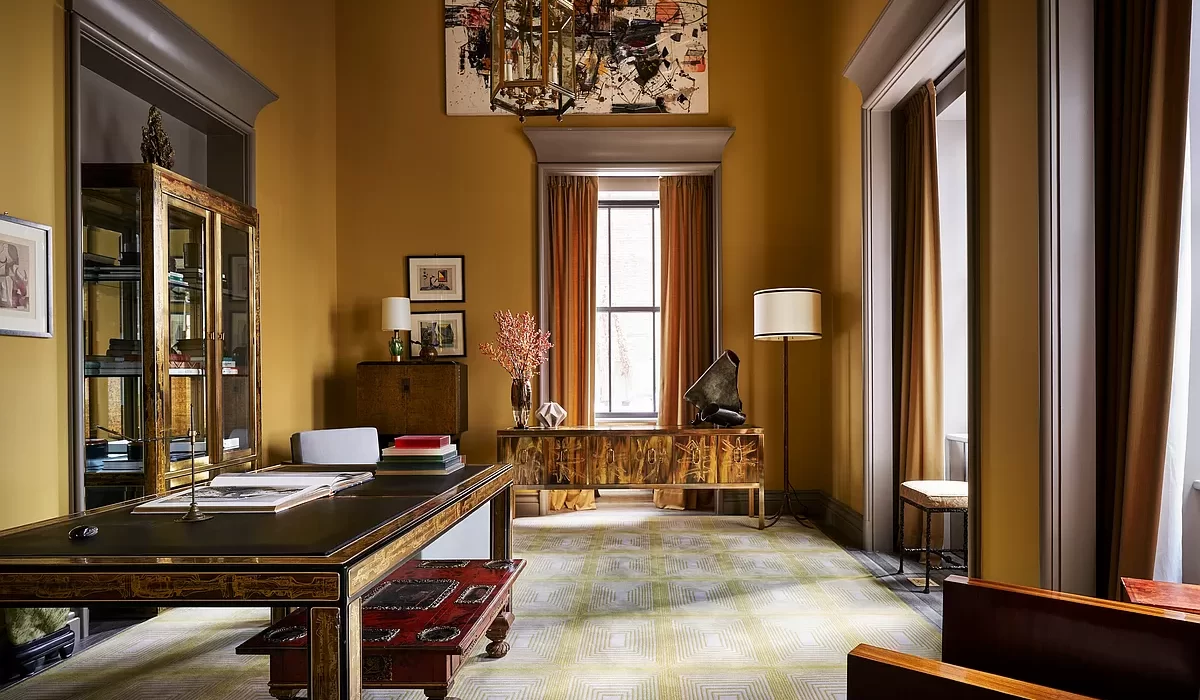SL Green Eyes Historic Roosevelt Hotel Site for Next Manhattan Megaproject
Manhattan‘s largest office landlord SL Green Realty Corp. (NYSE: SLG) may be setting its sights on one of Midtown’s most iconic properties for its next major development project, according to a new analysis from JPMorgan.
The historic Roosevelt Hotel, which closed its doors in 2020 after nearly a century of operation, could become the site of SL Green’s next trophy office tower, marking another transformative project in the company’s portfolio of Manhattan landmarks.
“Given SL Green’s track record of successfully repositioning historic properties and their deep expertise in the Midtown market, the Roosevelt Hotel site presents a compelling opportunity for their next flagship development,” notes the JPMorgan analyst report released today.
The potential acquisition would align with SL Green’s strategy of targeting prime locations near major transportation hubs. The Roosevelt Hotel sits at the corner of Madison Avenue and East 45th Street, just steps from Grand Central Terminal – a location that mirrors the success formula of SL Green’s One Vanderbilt Avenue tower.
A Bold Vision for a Historic Site
The Roosevelt Hotel, which first opened its doors in 1924, has been a fixture of the Manhattan skyline for nearly 100 years. Its potential redevelopment would continue the ongoing transformation of the Grand Central district, following the success of One Vanderbilt and the recent rezoning of East Midtown.
Industry experts suggest that any new development on the site could potentially rise to heights similar to neighboring modern towers, creating another architectural statement piece in Manhattan’s evolving skyline.
Market Impact and Timing
The timing of such an acquisition could be strategic for SL Green. With Manhattan’s office market showing signs of bifurcation between newer, amenity-rich buildings and older stock, the development of a state-of-the-art tower could capitalize on growing demand for premium office space.
“Class A office properties in prime locations continue to outperform the broader market,” the JPMorgan analysis states. “A new development at the Roosevelt site would be well-positioned to capture this flight to quality.”
Financial Considerations
While specific terms of any potential deal remain undisclosed, market observers estimate that a project of this scale could represent an investment of several billion dollars. SL Green has demonstrated its ability to execute large-scale developments, as evidenced by the successful delivery of One Vanderbilt, which opened in 2020.
The company’s strong track record in securing development rights, obtaining zoning approvals, and attracting premium tenants suggests they could be well-positioned to undertake such an ambitious project.
Looking Ahead
If the prediction proves accurate, the redevelopment would join a series of transformative projects reshaping the Grand Central corridor. The area has seen increased development activity following the East Midtown rezoning, which aimed to encourage modern office construction in the aging business district.
Any potential announcement regarding the Roosevelt Hotel site would likely generate significant interest from both the real estate community and preservationists, given the property’s historic significance and prime location.
For SL Green, which has built its reputation on identifying and executing complex development opportunities in Manhattan’s most coveted submarkets, the Roosevelt Hotel site could represent another chance to reshape New York’s skyline while reinforcing its position as a leading force in Manhattan commercial real estate.
The company has not yet commented on the JPMorgan analysis or any potential interest in the property.
